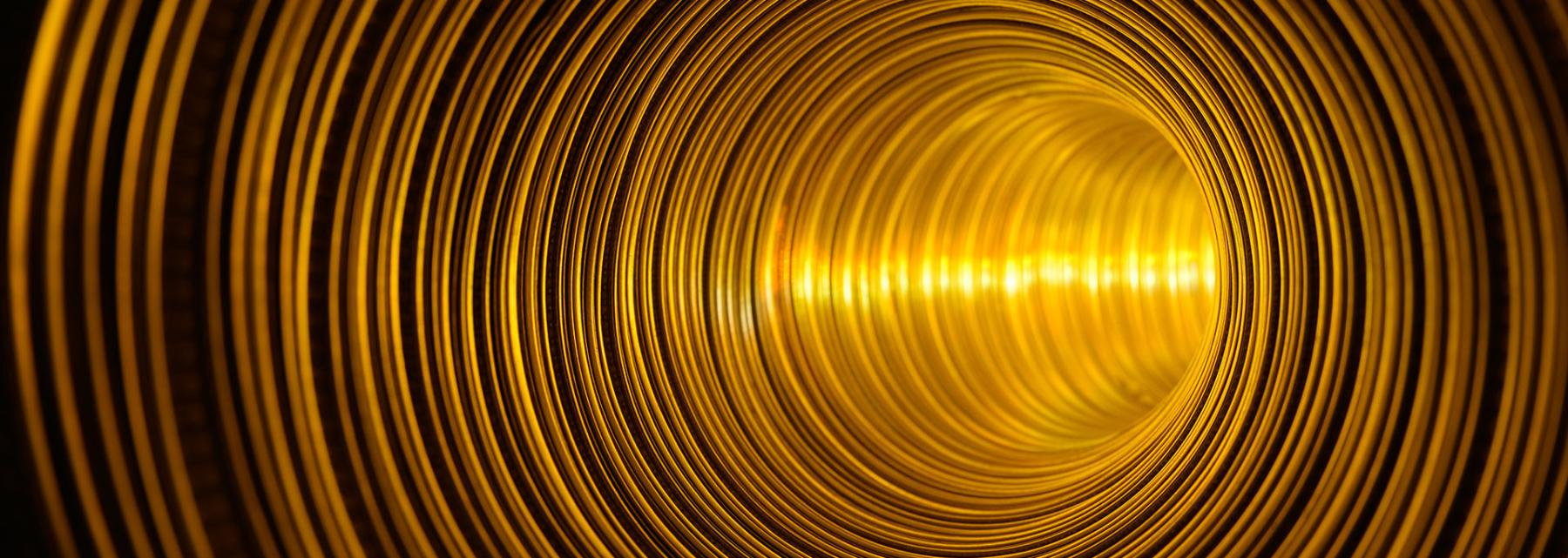
What's Your Frequency?
The purpose of this lesson is to introduce and apply the concept of frequency.
Students will begin by a motivating “click the mouse” challenge. This will help them to develop the concept of frequency. They will transfer this concept to a hands-on lab where they will be creative and measure various types of frequencies.
The lesson then transitions to sound waves where students learn about how energy can be transferred through air with a given frequency. They learn how to measure this frequency and then use a cell phone app to record their own sound waves and measure the associated frequencies.
Lastly, a set of problems is provided that allows students to further practice the concepts at hand. This lesson will take between 2-3 class periods. Very few supplies are needed
Lesson Plan Link/URL
https://docs.google.com/presentation/d/129rpzuJMrkNVskJkCZekBa2EAXxJQ0rM/edit?u…Subject Area
Science Physical Science P4: Energy Transfer Technology 5. Computational Thinker Mathematics Number and Operations—Fractions (NF) Measurement and Data (MD) Ratio and Proportion (RP) Expressions and Equations (EE) Algebra (A) Reasoning with Functions and Relations (RFR) English Language Arts (ELA) Speaking & ListeningRelated Content

Teachers will be introduced to the VEX V5 Robotic Platform. We will start with an Introduction to robotics and how robotics is used in industry. Students will understand the key resources they will be

In this lesson, students use the Kepler’s Laws PhET Simulation to collect data on the period and average radius of the planetary orbits. They graph and analyze that data to derive Kepler’s 3rd Law.

This engaging lesson is an introductory lesson regarding the size and scale of the Universe and objects within. This was designed for high school Astronomy but is easily useable with ages down through

